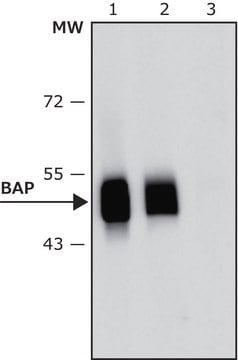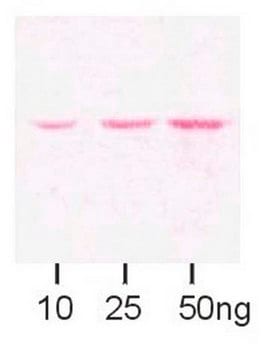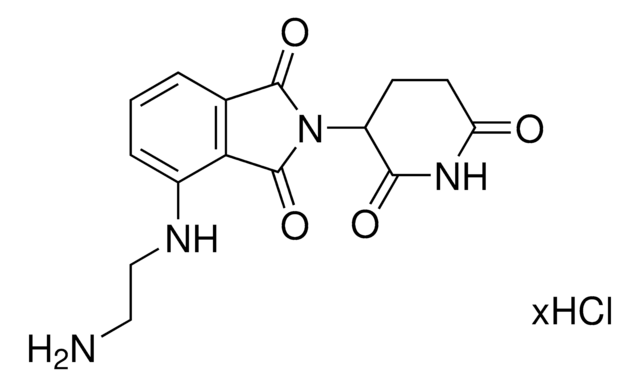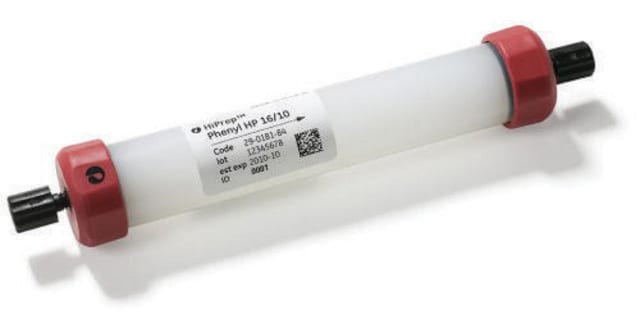ABS1644
Anti-DsbA-L
from rabbit
Synonym(s):
Glutathione S-transferase kappa 1, EC:2.5.1.18, GST 13-13, GST class-kappa, GSTK1-1, mGSTK1, Glutathione S-transferase subunit 13
About This Item
Recommended Products
biological source
rabbit
antibody form
unpurified
antibody product type
primary antibodies
clone
polyclonal
species reactivity
mouse, human
packaging
antibody small pack of 25 μL
technique(s)
immunocytochemistry: suitable
immunoprecipitation (IP): suitable
western blot: suitable
isotype
IgG
NCBI accession no.
UniProt accession no.
shipped in
ambient
target post-translational modification
unmodified
Gene Information
mouse ... Gstk1(76263)
General description
Specificity
Immunogen
Application
Western Blotting Analysis: A representative lot detected DsbA-L in mouse brain, mouse kidney, and mouse liver (Liu, M., et. al. (2008). Proc Natl Acad Sci USA. 105(47):18302-7; Lui, M., et. al. (2015). J Biol Chem. 290(16):10143-8).
Immunoprecipitation Analysis: A representative lot detected DsbA-L in 3T3-L1 adipocytes (Liu, M., et. al. (2008). Proc Natl Acad Sci USA. 105(47):18302-7; Lui, M., et. al. (2015). J Biol Chem. 290(16):10143-8).
Immunocytochemistry Analysis: A representative lot detected DsbA-L in adipocytes on differentiation day 7 were used for the following studies. confocal immunofluorescence study of DsbA-L co-localization with the mitochondrial marker (MitoTracker) and the ER marker (PDI) in 3T3-L1 adipocytes (Lui, M., et. al. (2015). J Biol Chem. 290(16):10143-8).
Signaling
Quality
Western Blotting Analysis: A 1:1,000 dilution of this antibody detected DsbA-L in 10 µg of mouse kidney tissue lysate.
Target description
Physical form
Storage and Stability
Other Notes
Disclaimer
Not finding the right product?
Try our Product Selector Tool.
wgk_germany
WGK 1
Certificates of Analysis (COA)
Search for Certificates of Analysis (COA) by entering the products Lot/Batch Number. Lot and Batch Numbers can be found on a product’s label following the words ‘Lot’ or ‘Batch’.
Already Own This Product?
Find documentation for the products that you have recently purchased in the Document Library.
Our team of scientists has experience in all areas of research including Life Science, Material Science, Chemical Synthesis, Chromatography, Analytical and many others.
Contact Technical Service








